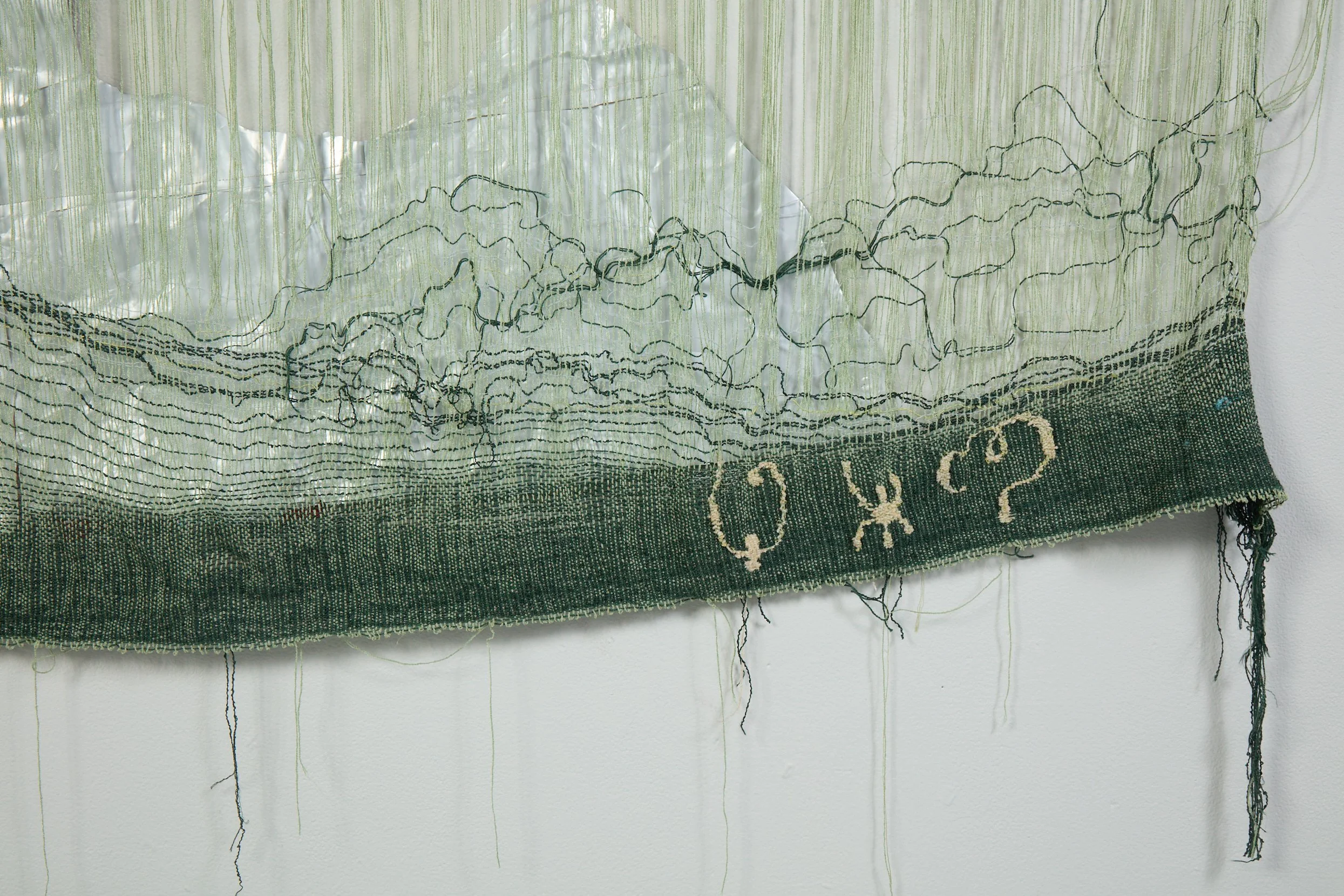Something is always unravelling.
I’m four or five or somewhere in between and have curled myself beneath the green stems, yellow flowers, and lilac bulbs in the back corner of my mother’s untended garden. No one bothers me here. My small feet, safe in my favorite red polka dot rain boots, squish rotten plums and stumble over rock hard crab apples. Through the layered branches, braided strands of grass and worn woven metal of the back fence, I can almost catch a glimpse of something new. There’s another way of being, another lens through which to see myself as intertwined with everything, instead of alone and too small to be exploring on my own. The sour grass stems and rotting wooden lattice hint at something that feels like hope, always just barely out of reach.
I think about this garden often. It still sits in the back corner of a classic Dolger on 23rd Avenue, a ten minute drive, twenty minute train ride, thirty minute walk from the apartment I now picture when I think of home. I’ve thought many times about knocking on the front door or slipping a note in the mailbox, asking if —just for a moment—I could curl up beneath the plum trees. It would be smaller now. Or I would be bigger, or it wouldn’t make sense anymore, the way my lanky limbs take up too much space, and the fallen crab apples no longer fill my whole palm.
I visit it instead in dreams and drawings. At night, I find myself stuck in a web of moss and lichen, green mesh twisting around me. I startle awake, unsatisfied. Often, I wander through the hidden clearings in Golden Gate Park, trying to catch a glimpse of that mysterious unknown. Soft wisps of green drip down from the eucalyptus and redwood limbs above my head. Upon closer inspection, each strand of lime colored lichen is a delicate woven mesh, like lace or spider webs. I learn that the word symbiosis was created to describe lichen; two unique organisms, fungus and algae, become so indistinguishable from one another that they form something new. In foggy coastal forests like the ones I’ve grown up roaming, they can only survive together.
Staring at termite paths carved in a fallen log, each repeating shape forms meaning — a word in another language. I learn that termites are detritophagous: they eat things that are already dead, left behind to disintegrate. In their bodies, wood is consumed, morphed, changed. Their hunger carves itself into the bark, their communal movement leaving behind a network of repeated shapes.
My hands draw termite paths and lichen lattices from memory now — unthinkingly scrawled on the edges of to-do lists and scattered journal entries. Maybe if I write their words and shapes enough times, I’ll begin to understand how to move with others as they do: a vast community acting as one cohesive whole. Maybe if I weave enough layers to peer through, I can show you what the world could look like if we were all more curious, more trusting, more whole.
Everything has something to teach you if you listen close enough.
